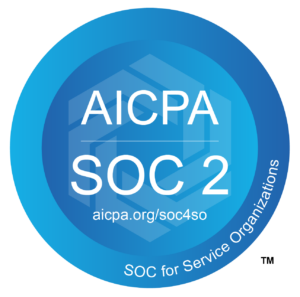
Research shows that healthcare’s digital transformation has led to more and more patients asking for a personal touch when it comes to their treatment plans. The same research also found that people are more inclined toward improving their health if better communication channels are established at their respective healthcare provider.
Surveys by Deloitte show that 23% of respondents took part in a virtual session with a medical practitioner, but only 14% of healthcare providers were able to meet the demand for the integration of digital healthcare solutions. However, the key issue is ascertaining whether these investments in digital healthcare have a high rate of return.
ROI can only be calculated once the end goal is clearly outlined, and this differs for every healthcare provider. Moreover, for the transition to a value-based healthcare system to be successful, the top priority is improving patient outcomes by reducing operational costs.
Here’s a guide on calculating your ROIs successfully.

Set suitable KPIs for respective parties
Key performance indicators are metrics that are set to measure performance against the benchmarks you outlined. Make sure you set KPIs after validating them using large and relevant data sets. Moreover, keep adjusting them as new data emerges.
KPIs are similar to goals and should be specific, measurable, achievable, result-oriented, and time-relevant. There are six main strategic areas around which you should establish and measure ROIs and KPIs, including innovation, infrastructure, patients, employees, operations, and safety.
Define the right values and metrics
The healthcare industry is in the process of transformation. Changing to a value-based model via digital integration comes with an increase in equipment costs. It also means a greater demand for clinicians. Make sure to include all hard and soft costs when defining the costs of the shift.
Set the right benchmarks
Setting the appropriate benchmarks means having a relevant standard of comparison. This has several benefits when calculating ROIs, such as motivating the organization to make improvements, helping stakeholders compare performance with the competition, and assessing your own position.
You can opt for internal, competitive, generic or functional benchmarking depending on the size of your organization and the specific services you provide.
TelASK is a healthcare business and a leading provider for patient engagement services. We are committed to providing digital healthcare solutions to those with chronic health conditions, such as cardiovascular diseases, pulmonary diseases and addiction to tobacco. To learn more about the services we offer, get in touch with us online, or call us at 1-866-376-5597


